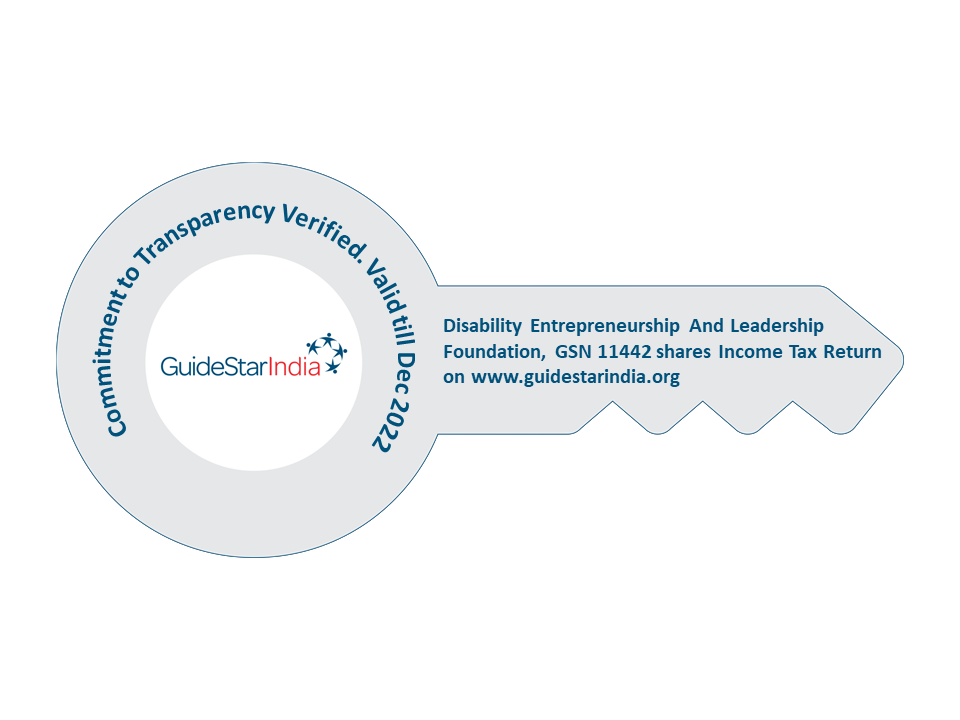Following from my previous blog which talked about promoting awareness regarding people with disabilities, in this blog I wish to talk about tips necessary to keep in mind when one has to deal with people of any disability. I’m sure you would agree with me that it is important to understand and use them to make this society an inclusive one.
1. Deaf and Hard-of-Hearing
• Tap someone who is deaf on the shoulder or wave your hand to get his or her attention.
• Write notes if you don’t sign (short sentences; common words).
• Look directly at the person while speaking and don’t obscure your mouth.
• Do not accept a head nod for understanding.
• Talk directly to the person, not the interpreter.
• Speak in a normal speed and tone unless asked to do otherwise.
• Avoid standing in front of a light source.
• Do not walk between two people using sign language as you will be cutting off their conversation.
• Try to be expressive in your body language, gestures and facial expressions.
2. When interacting with people having mobility issues, one needs to keep the following things in mind.
• Position yourself at the same eye level by sitting down if engaged in a long conversation with someone who uses a chair.
• Treat the chair as part of the user’s personal space; do not touch or lean on the chair.
• Ask before giving assistance to a wheelchair user and take “No” for an answer.
• Feel free to use words like “run” or “walk”. Wheelchair users use these words too.
• Be aware of architectural features which may cause difficulty for wheelchair users, such as steps or insufficiently wide doors.
• Remember that some parking spaces are reserved for people with mobility limitations, they are not a luxury, they are a necessity.
• Direct your comments to the individual, not their companion or care attendant.
3. Speech & Language disability.
• Allow time for the person to speak, as they may need more time to respond to you.
• Avoid the urge to interrupt or complete a sentence for the person.
• Ask for repetition if you do not understand what the person said.
• Do not fake understanding.
• Be aware that you may need to use a variety of communication methods such as writing notes, emailing, or technological options.
• Be patient and encourage the person toward expression.
4. Learning Disability/ADHD
• Understand that learning disabilities may impact a person’s reading, writing, math, memory, and/or information processing.
• Realize that this is rarely visible evidence of learning disabilities.
• Use multiple methods to deliver information.
• Minimize environment distractions (screen savers, background noises, etc.).
• Keep in mind that an unconventional response may be influenced by a processing difficulty which affects social interaction.
5. Blindness & Visual Impairment
• Understand that legally blind people may have some vision.
• Provide very explicit and specific directions if asked. Avoid using such terms as “over there” or “turn this way”.
•Provide class information in accessible, electronic formats to support the individual in using their technology to speak content aloud.
• Feel free to use words like “see” and “look”.
• Offer your arm/elbow when leading someone who is blind.
• Place the person’s hand on the side or back of the chair when seating them.
• Ask before giving assistance to a blind person and take “No” for an answer.
6. Chronic or Acute Health.
These may include: Cancer, Asthma, Emphysema, Diabetes, HIV/AIDS, and Sickle Cell.
• Understand that each person has unique set of symptoms and treatments.
• Accept that many health conditions are often invisible to others.
• Never define the person by the condition. For example, someone should be referred to as “the girl who has cancer” not “the cancer girl”.
• Do not treat the person as if they are contagious. 7. Chronic Neurological Conditions. this also includes Cerebral Palsy, Seizures, MS, Tourette, Muscular Dystrophy, TBI (traumatic brain injury)
• Know that some of these conditions will have symptoms that look like mobility issues, others may have similar effects as learning disabilities.
• Understand that social skills may be impaired.
• Be sensitive to emotional stress or triggers.
• Be patient.
• Set clear boundaries for people repeatedly interacting with you. For example, “Thanks Bob for stopping by. If you want to chat, you need to make an appointment first”.
8. Cognitive disability:
• Be very clear and specific in your language. Sarcasm and subtle humour is often missed.
• Present instructions in a clear, easy to understand way.
• Present oral information at a measured pace, using pauses as appropriate to encourage understanding.
• Offer cues to help with transitions like “we have 5 minutes left until our meeting is done”.
• Reinforce information in multiple formats.
• Employ modelling, rehearsing and role-playing to help students learn appropriate interactions.
• Keep in mind that an unconventional response may be influenced by a cognitive difficulty which affects social interaction.
Remember that people with disabilities are not helpless. Offer help, but only give it when accepted or requested.
It is far from over yet, I will get back to you very soon with lot more tips for different disability types.


 Awarded by Guidestar India
Awarded by Guidestar India